The San Chi ethnic community in Cao Bang lives mainly in the two districts of Bao Lac and Bao Lam. The San Chi ethnic culture is rich in identity, reflected through a system of long-standing festivals, customs, beliefs, fairy tales, poetry, house architecture, traditional costumes... Along with the changes of time, the culture of the San Chi ethnic group in Cao Bang has been preserved and promoted by successive generations, contributing to the diversity in the cultural picture of the province's ethnic communities.
The San Chi people live in small hamlets in the highlands. The typical house style is a sturdy 4-roofed stilt house. The inside of the stilt house is similar to the Tay and Nung people, but is designed tightly, suitable for the needs and living conditions. The house has 2-3 bedrooms arranged reasonably on the left and right sides. The kitchen is located at the end of the middle part of the house, this is the place to cook and where family members gather around the fire. Above the fire is the kitchen loft, often used as a storage room as well as taking advantage of the heat of the fire to preserve food. In front of the door is a floor, often used to dry rice, a place to sit and embroider, sew, and under the floor is often used to store farming tools and livestock. In addition, in the structure of the house, there is also a small room that is always closed, even the homeowner only enters this room a few times a year. This is the place where the San Chi people worship the Jade Emperor, the Kitchen God... which they call "incense fire". In addition to worshiping ancestors, the San Chi people also worship heaven, earth, the local god, the midwife, the god of agriculture, the god of livestock...
The San Chi people mainly cultivate rice fields. They have approached and applied the wet rice civilization for a long time. In addition to farming, they raise traditional livestock. This is the main occupation that brings the main income to each San Chi family. Besides, they have handicrafts such as carpentry, bamboo and rattan weaving, and blacksmithing. However, these products are only self-sufficient in the community and have not become popular goods. Many handicrafts are still preserved and developed by the San Chi people.
 Traditional costumes worn during holidays and Tet of San Chi ethnic women.
Traditional costumes worn during holidays and Tet of San Chi ethnic women.
In terms of clothing, San Chi women wear simple clothes, not as flashy as the Mong and Dao people. The traditional costumes of San Chi women are a perfect combination of traditional beauty and sophistication in every seam. A traditional costume of San Chi women basically consists of the following elements: pants, inner shirt, outer shirt, belt and hair scarf. On holidays and Tet, the costumes of San Chi women will have belts, bibs and many silver jewelry.
On the contrary, the San Chi men's costume is more rustic and simple but still exudes a strong, healthy look. Men's costumes are made of indigo fabric with a "ba ba" shirt, a shirt with two large pockets, long pants, wide and soft legs in design to facilitate labor, farming and livestock, and convenient for traveling, climbing...
The long-standing customs and practices of the San Chi people are most clearly reflected in traditional festivals, typically the harvest praying ceremony, the ordination ceremony, the rice granary building ceremony... which have been passed down from ancient times and preserved through many generations, rich in humanity, expressing the desire to conquer nature.
The San Chi people are famous for their love of singing. Folk songs are composed and passed down by the community based on the unique cultural features of the ethnic group, customs, practices and through the labor process. San Chi folk songs are closely associated with marriage customs, longevity wishes, wine invitations, love exchange and are performed in many different forms, contexts and spaces. San Chi folk songs: Soong co, Sinh ca... In addition, there are unique folk dances such as: Tac xinh dance, drum dance, fish stabbing dance... Along with unique folk games of playing swallows, spinning tops... Songs and singing for the San Chi people are an indispensable spiritual food, with the effect of encouraging, motivating, helping people to get closer to each other, love their homeland and village more.
In traditional rituals, the San Chi people have a very unique initiation ceremony (thốm cuon). When San Chi boys reach the age of 11 - 12, their parents must welcome a shaman to their home to perform the initiation ceremony - a ceremony to recognize their maturity. The ceremony usually lasts for 5 days; during the initiation ceremony, everyone attending the ceremony must be vegetarian and not kill. The shamans read to the person receiving the initiation ten wishes, ten oaths and ten prohibitions, such as: not to live a fraudulent life, not to curse parents..., all of which guide the person receiving the initiation to live a beautiful life, a life useful to society. With the concept that if a man has not yet received the initiation ceremony, he is not yet mature, and when his parents die, he cannot be worshiped. Therefore, if the father has not yet received the initiation ceremony, the son must perform the 6-step ceremony; if the grandfather has not yet received the initiation ceremony, the father has not yet received the initiation ceremony, the son must perform the 9-step ceremony.
 San Chi women sew clothes by hand.
San Chi women sew clothes by hand.
Regarding funeral rituals, according to custom, the San Chi people have two forms of ghost making (fresh ghost making, dry ghost making), but usually choose the fresh ghost making method. The San Chi people's funeral schedule will be actively managed by the shamans. When the funeral is held, the bereaved person will have to cut their hair short to facilitate the implementation of taboos. Specifically, sons must not cut their hair within 120 days for the mother's death and 90 days for the father's death. In addition, before taking their parents to the field, sons, daughters, and daughters-in-law must not use bowls and chopsticks to eat rice but use banana leaves to eat rice, must not drink water (except water prepared by the shaman), must be absolutely vegetarian; sons and daughters-in-law must not sleep in the same bed for 21 days, especially before performing the liberation ceremony for the deceased, descendants must not kill.
In the wedding ceremony, the San Chi people ask for the bride three times. After three times of asking, the groom's family must fully prepare the wedding gifts that the bride's family offers. Usually, it is 100 kg of pork and silver (nowadays, silver is not used but converted into money). If the groom's family accepts and meets the wedding challenge, the official engagement ceremony will take place. After the engagement ceremony, the wedding ceremony will take place, which the bride's family will organize one day in advance. The wedding ceremony at the groom's house is elaborate and has many rituals. First, when preparing to go to the bride's house, the gifts of those who come to pick up the bride are gathered in the middle of the house for the mandarin to perform a blessing. When leaving, the mandarin will leave the house first, stand under the roof to perform a blessing and hold up an umbrella for the people in the wedding procession to pass under his arm. This ritual will be repeated the next day at the bride's house, when the wedding procession returns to the groom's house. The San Chi bride wears a veil and must leave the house barefoot. When she walks, she must leave two footprints from the house to the village. On the way, when crossing bridges or streams, the bride must leave a coin or a few grains of rice on the bridge or stream.
The San Chi people attach great importance to emotional life. People in the same family always have warm feelings and respect for each other. On the occasion of Tet every year, the San Chi people often organize visits to relatives. They give each other good wishes for health, life, business, and luck. These are also lessons they set as examples to raise their children. For the San Chi people, in a family where the parents are still alive and healthy, teaching their children, that is a source of pride.
Despite the changes in socio-economic conditions over time, the San Chi people still preserve the beauty of their traditional culture. It is not only a national identity but also a continuing tradition, a cultural crystallization in the flow of the ethnic community in the mountainous and mountainous areas of Cao Bang.
Thuy Tien/Cao Bang Newspaper
Source: https://baophutho.vn/net-dep-trong-van-hoa-cua-dan-toc-san-chi-217962.htm






![[Photo] Phuc Tho mulberry season – Sweet fruit from green agriculture](https://vstatic.vietnam.vn/vietnam/resource/IMAGE/2025/4/10/1710a51d63c84a5a92de1b9b4caaf3e5)
![[Photo] Prime Minister Pham Minh Chinh chairs meeting to discuss tax solutions for Vietnam's import and export goods](https://vstatic.vietnam.vn/vietnam/resource/IMAGE/2025/4/10/19b9ed81ca2940b79fb8a0b9ccef539a)
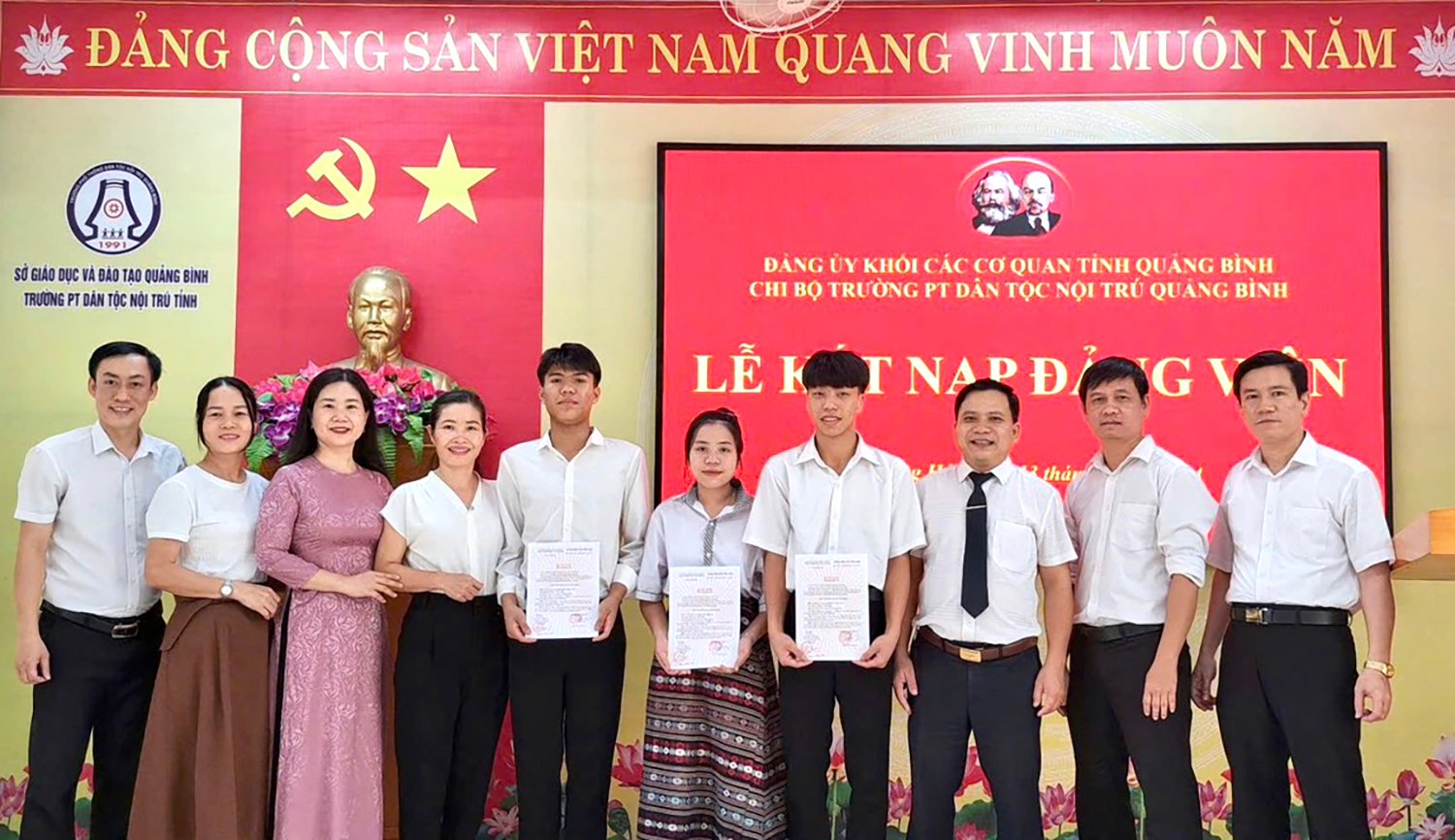


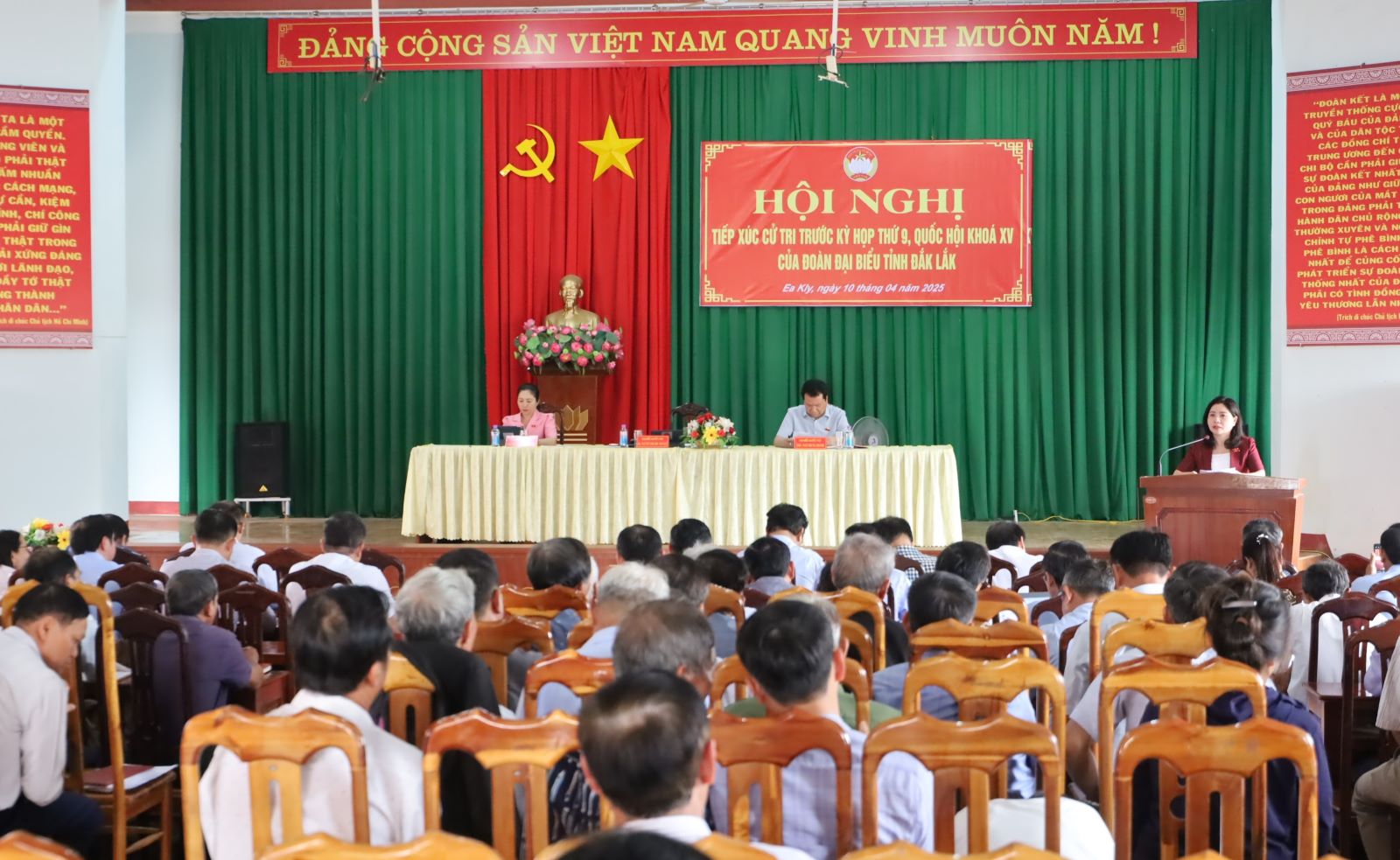




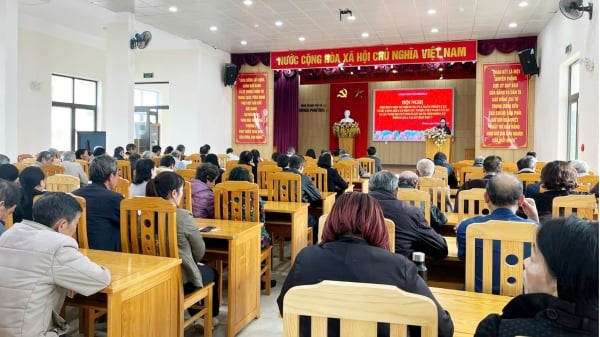

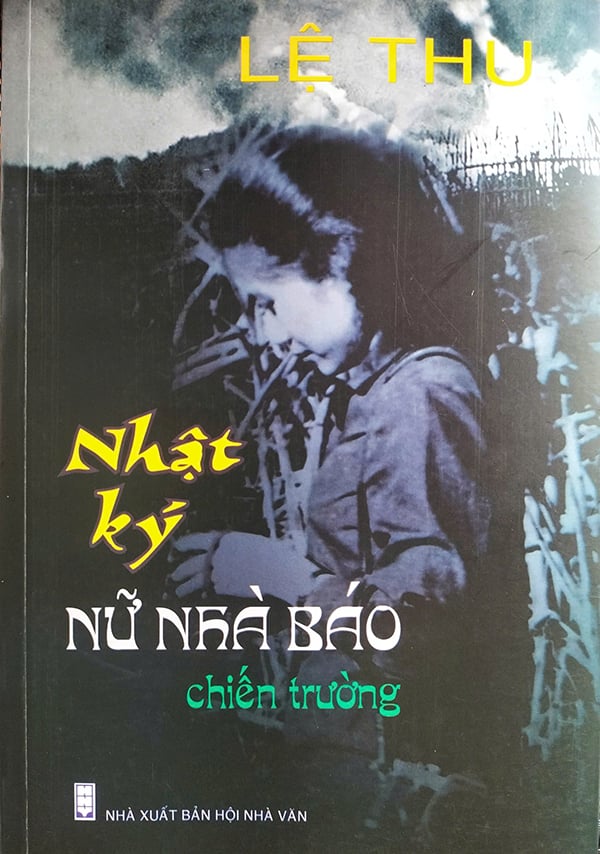
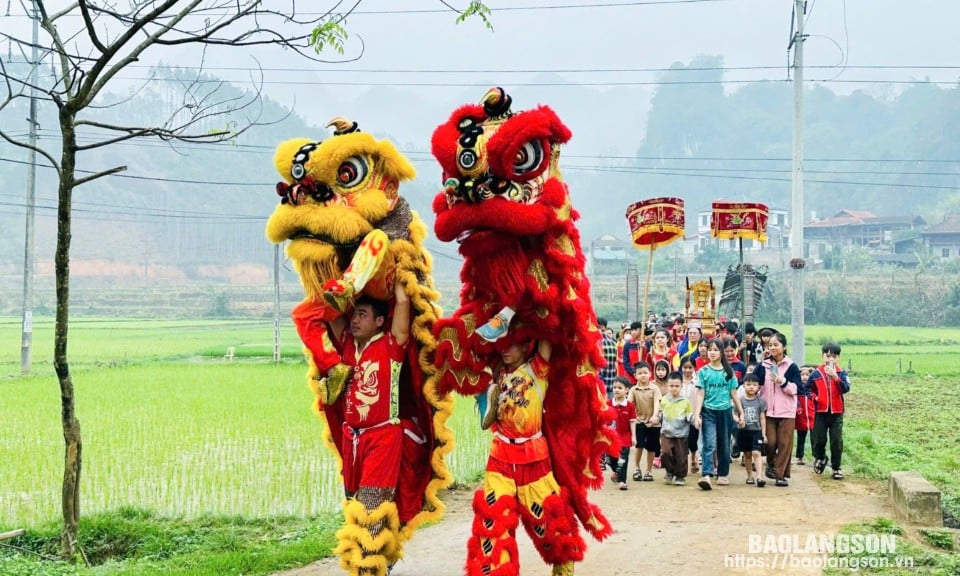




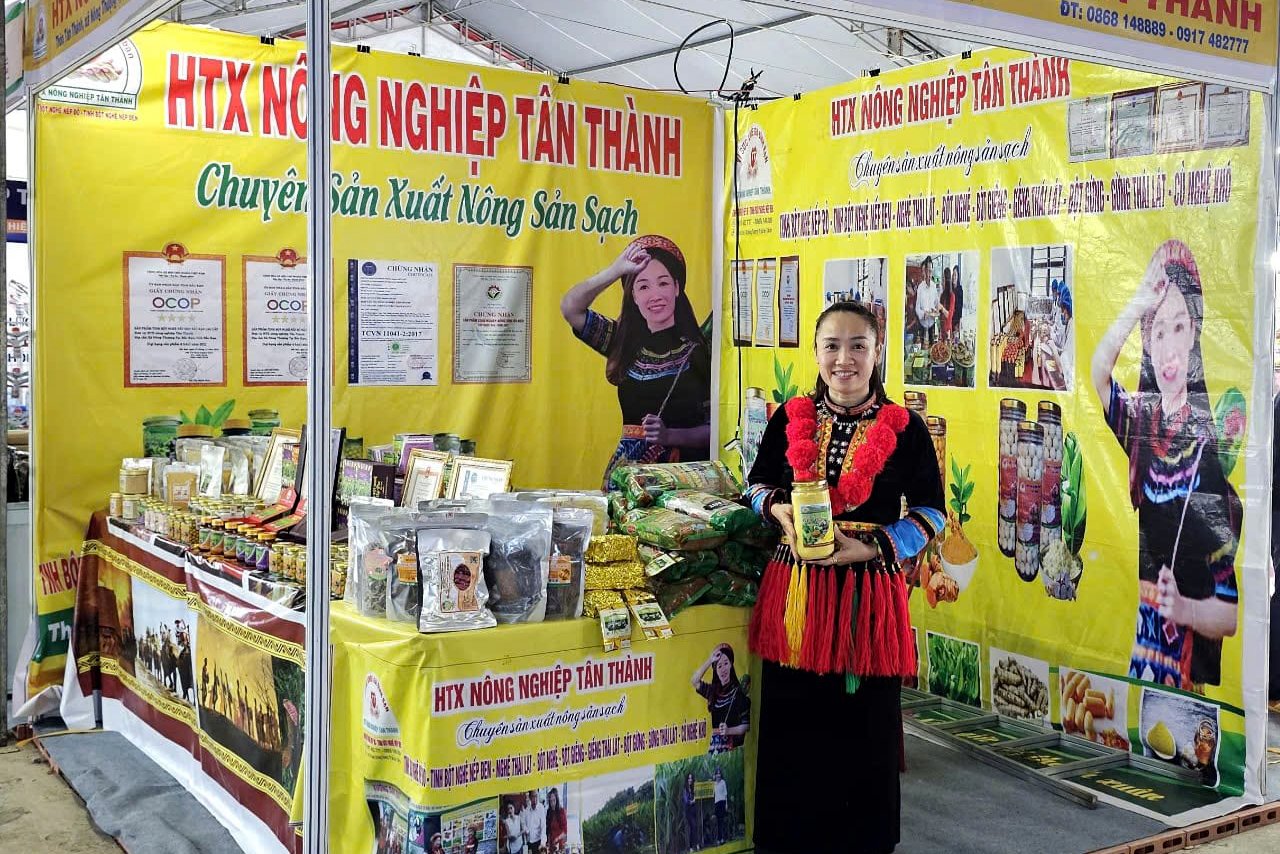

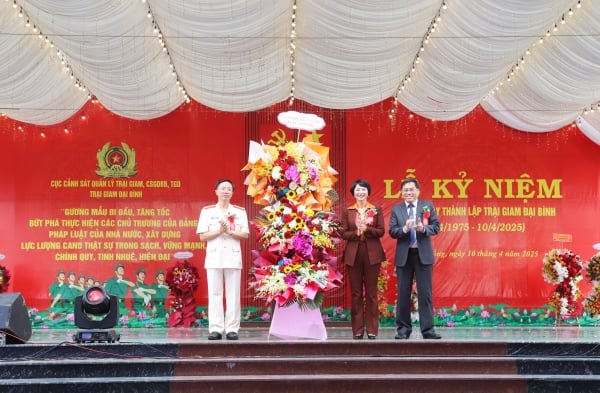
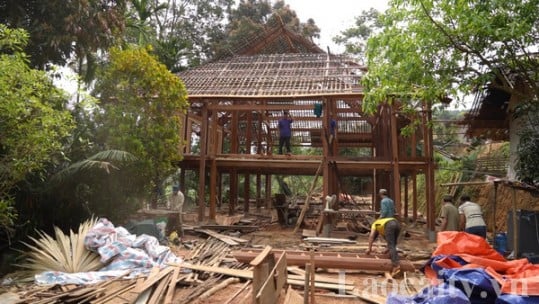


![[Photo] Unique folk games at Chuong Village Festival](https://vstatic.vietnam.vn/vietnam/resource/IMAGE/2025/4/10/cff805a06fdd443b9474c017f98075a4)









































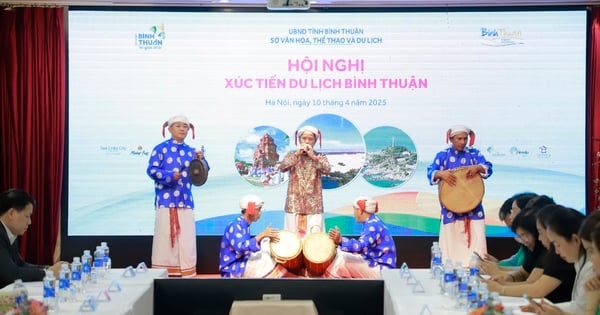

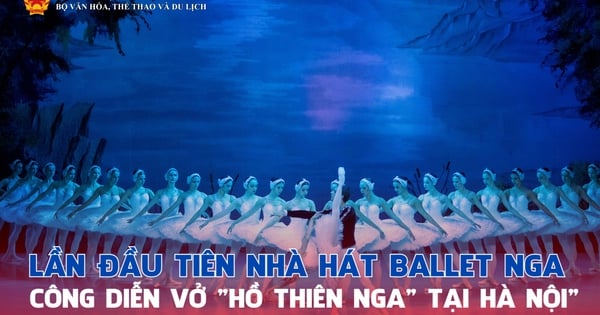





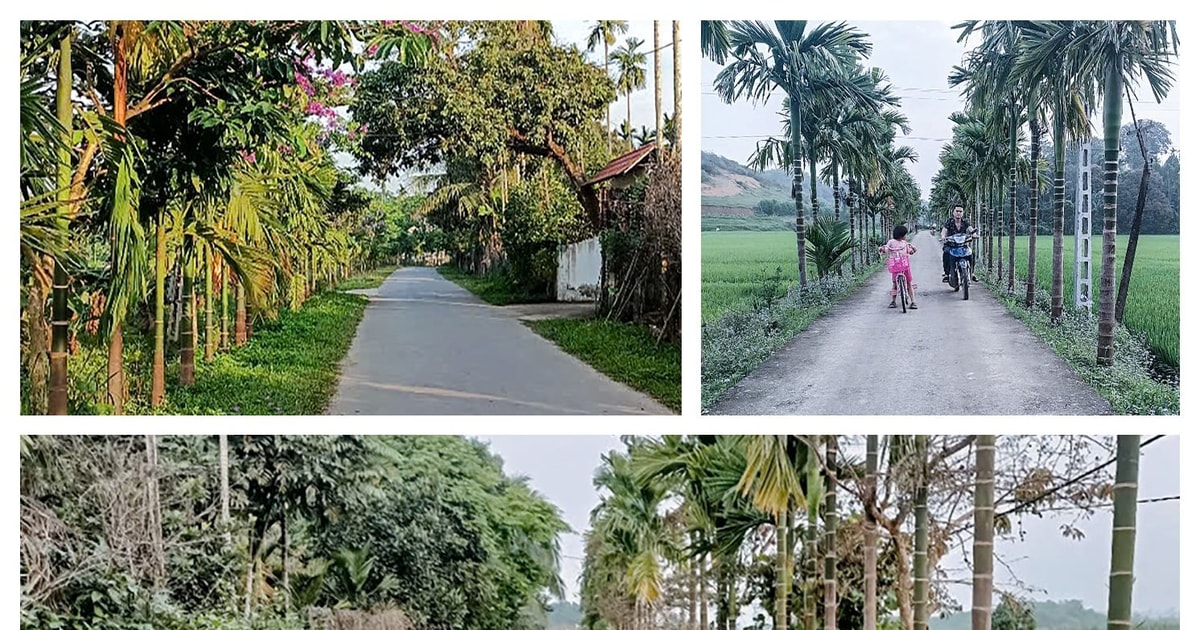






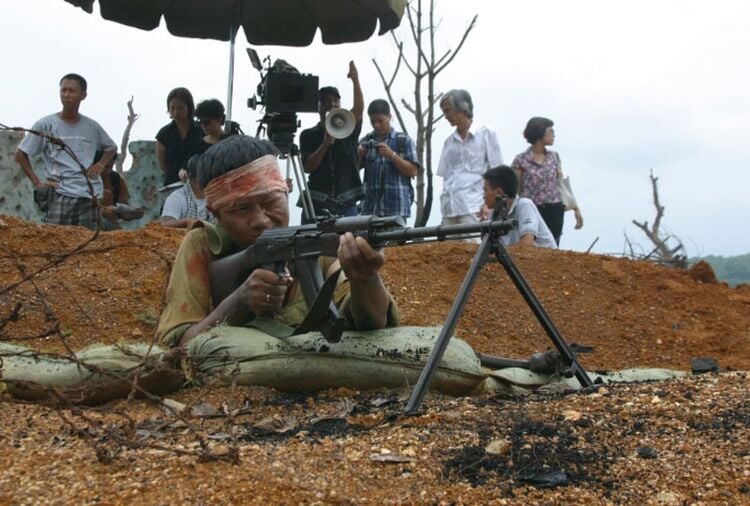









Comment (0)